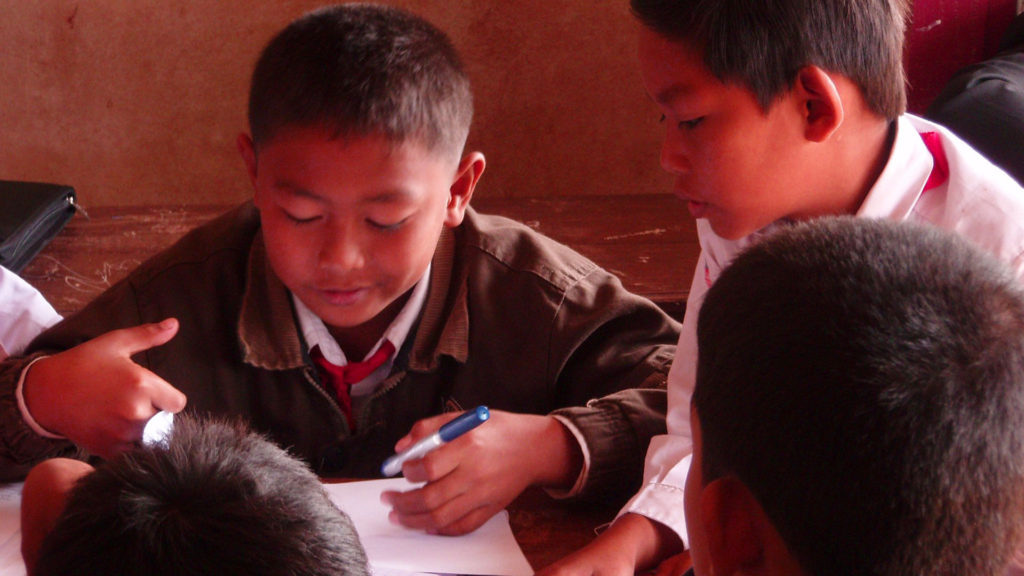Cervical Cancer

Cervical cancer is a type of cancer that
occurs in the cells of the cervix — the lower part of the uterus that connects
to the vagina. Cervical cancer affects
the entrance to the womb. The cervix is the narrow part of the lower uterus,
often referred to as the neck of the womb. (MNT, 2019). Cervical cancer is the
second most common cancer among women in Nigeria. There were 31,955 new
cervical cancer cases in West Africa in 2018, and Nigeria accounted for almost
half (14,943). There were also 10,403
deaths (28 deaths every day) from cervical cancer in the country in the same
year. (Balogun F., 2021).
According to Mayo Foundation for Medical
Education and Research (MFMER), Cervical cancer begins when healthy cells in
the cervix develop changes (mutations) in their DNA. A cell’s DNA contains the
instructions that tell a cell what to do. It isn’t clear what causes cervical
cancer, but it’s certain that HPV (Human Papilloma Virus) plays a role. HPV is
very common, and most people with the virus never develop cancer. The most
common mode of transmission is through sex, but it can also be transmitted
through the use of contaminated hospital equipment and from mother to child.
The cancer is ranked second in the number of years lost to disability among
women in Nigeria.
One can reduce their risk of developing
cervical cancer by having screening tests and receiving a vaccine that protects
against HPV infection. Screening tests include, Pap test and HPV DNA test.
These are secondary preventive measures that detect early-stage cervical cell
abnormality and the virus’s presence. However, only 8.7% of Nigerian women had
a pap smear in 2018, and fewer had HPV screening. (Balogun. F. 2021). The HPV
vaccine is an effective primary prevention measure for cervical cancer. The vaccine
is most effective when started before sexual debut, which is the reason for the
recommendation of its administration in early adolescence.
There are, however, two main obstacles on
this path, one of which is its exorbitant cost and secondly, developing countries
like Nigeria are yet to identify an organised structure through which most of
the eligible adolescents can be reached with the HPV vaccine. Cervical cancer
treatment options include surgery, radiotherapy, chemotherapy, or combinations
of these. Deciding on the kind of treatment depends on several factors, such as
the stage of the cancer, as well as age and overall state of health. (MNT,
2019).
To better fight and overcome the rampage
caused by Cervical Cancer especially in Africa and Nigeria particularly, it is
essential to carry all stakeholders along especially as regards the
introduction of the HPV vaccine to ensure total annihilation of cervical cancer. A
concerted effort is required to demonstrate the relationship between HPV and
cervical cancer and the role of the vaccine in the prevention of cancer. However, this would require special health
education skills
and intense awareness or sensitisation.
Share this:
- Click to share on Twitter (Opens in new window)
- Click to share on Facebook (Opens in new window)
- Click to share on Telegram (Opens in new window)
- Click to share on WhatsApp (Opens in new window)
- Click to share on Pinterest (Opens in new window)
- Click to share on LinkedIn (Opens in new window)
- Click to email a link to a friend (Opens in new window)

